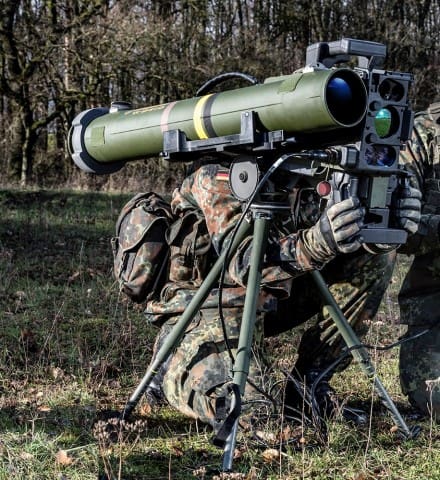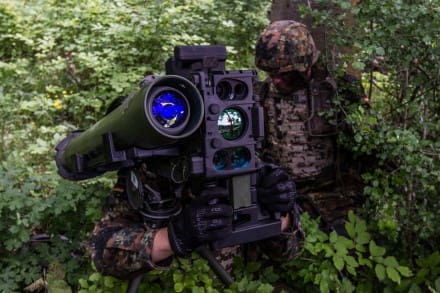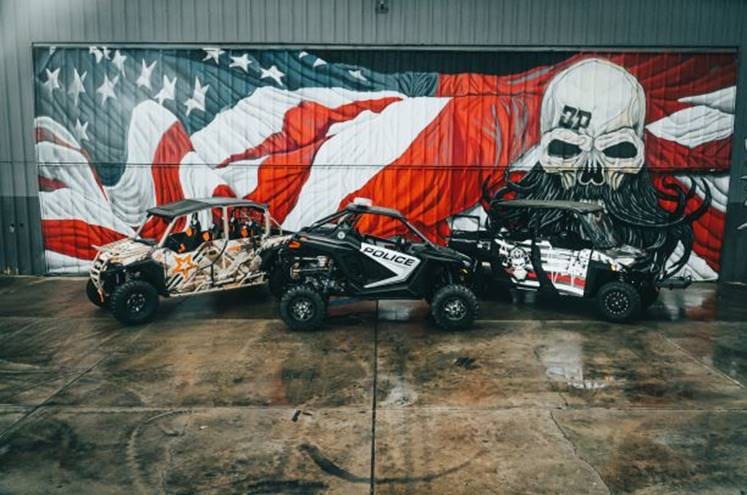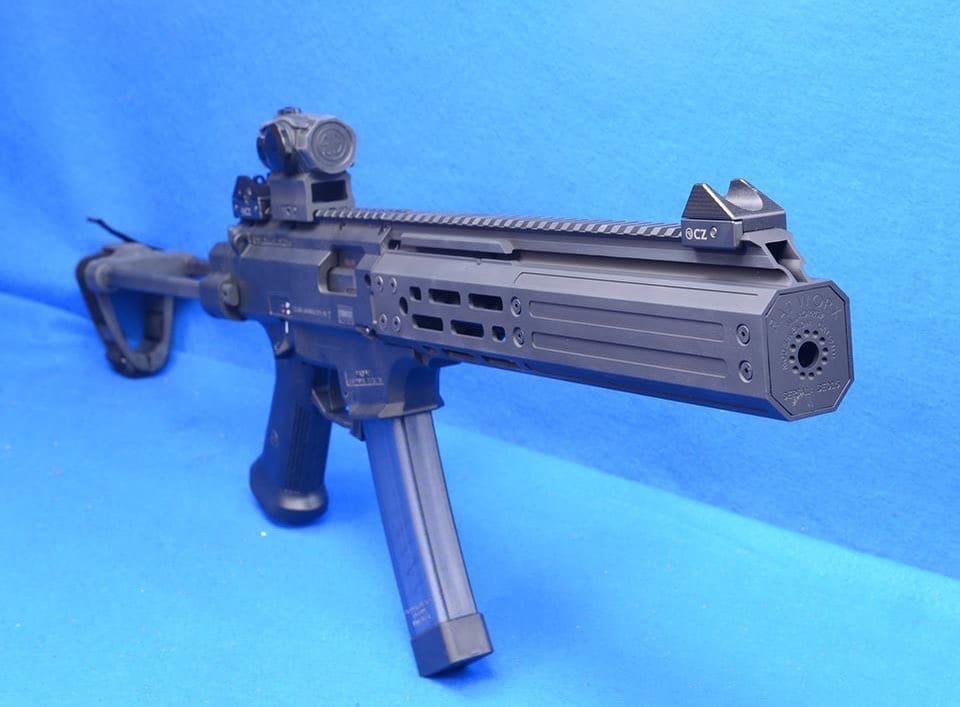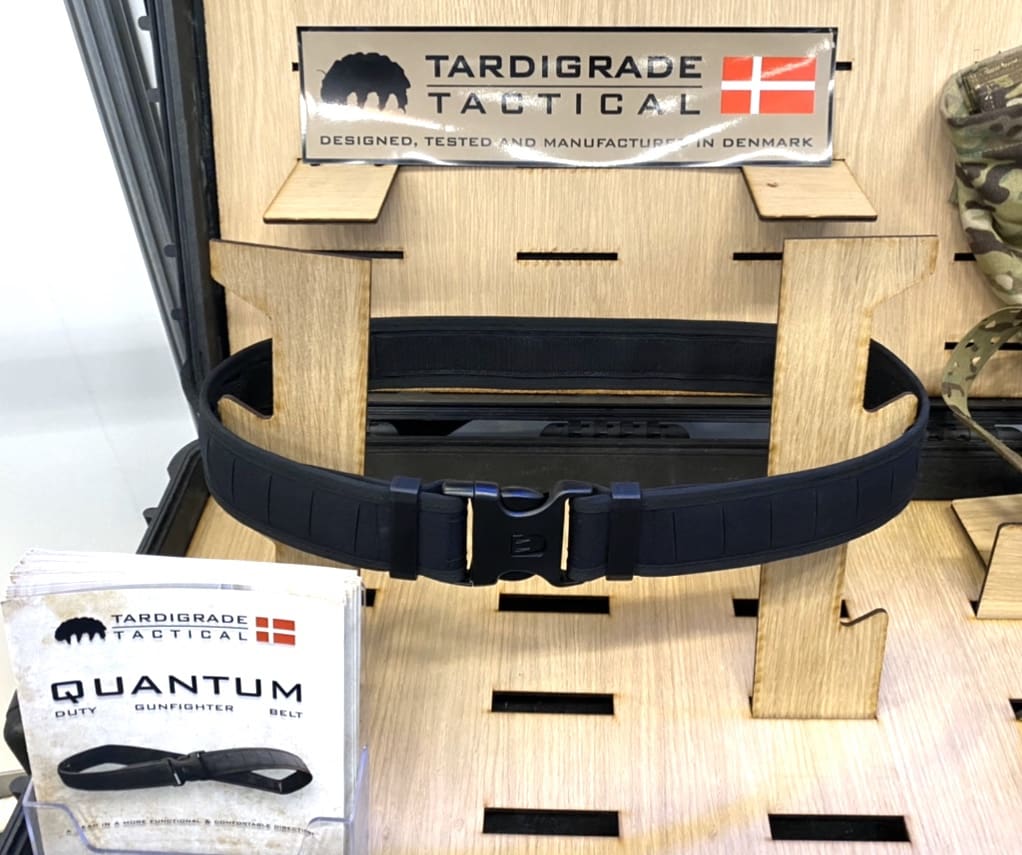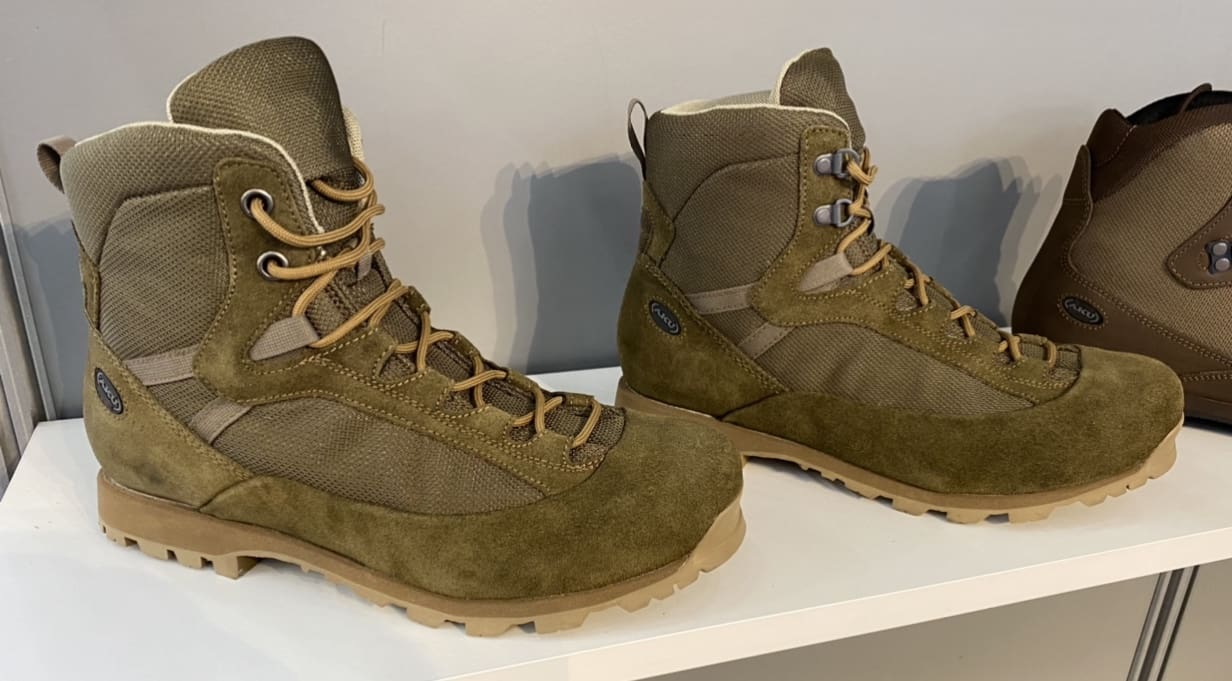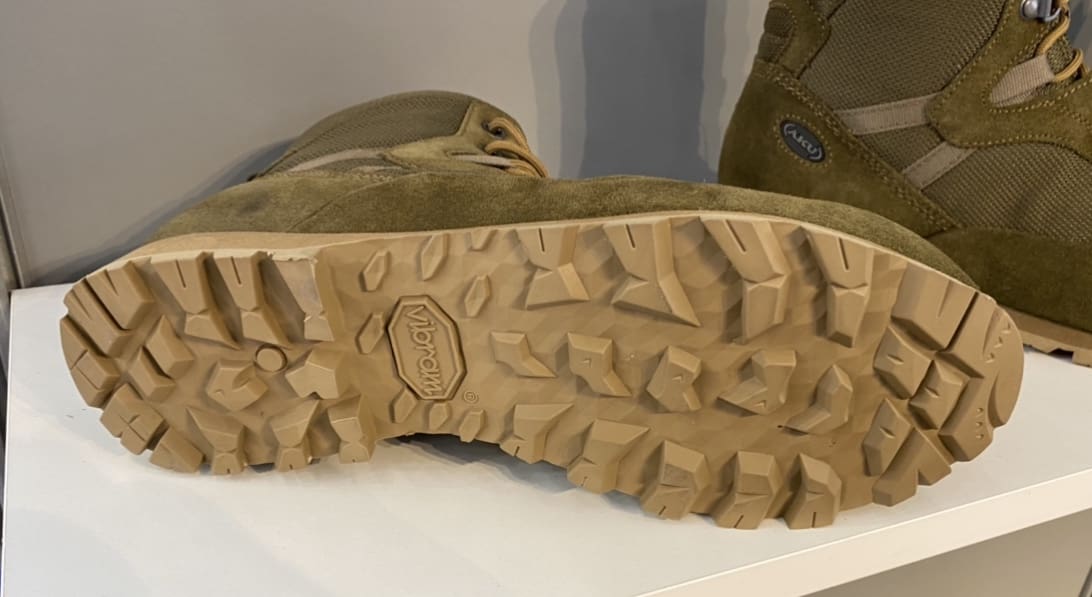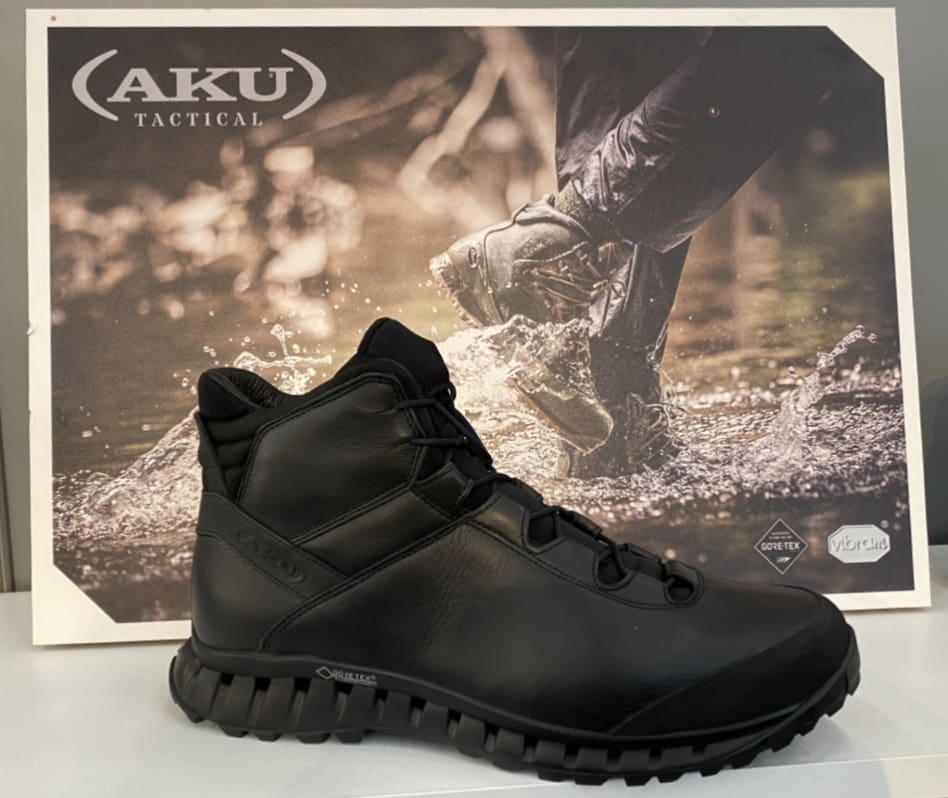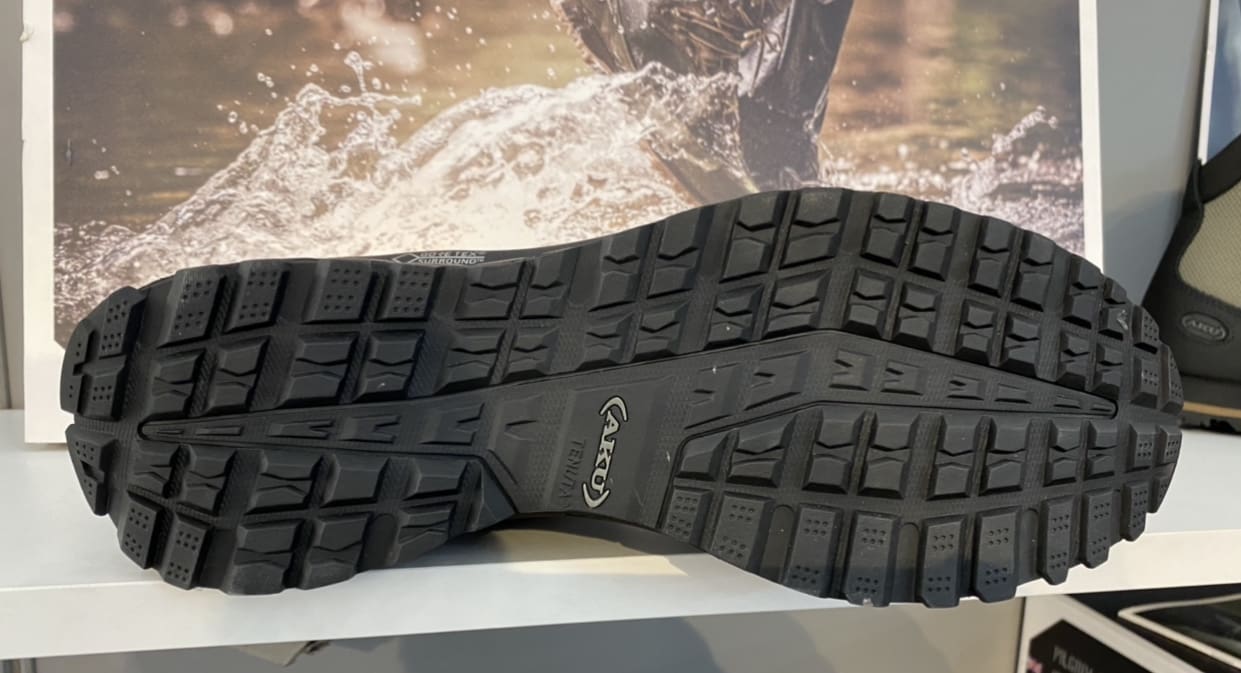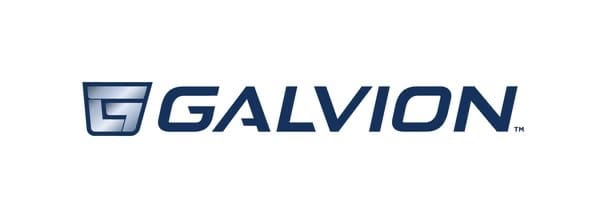
MONTREAL, Quebec, Canada (November 26, 2019) – Following the recent announcement of the sale of its protective eyewear business to ASGARD Partners & Co., the remaining Armor, Soldier Power and Electronics, Vehicle Platform Power and Advanced Concept divisions of Revision Military will move forward under the new corporate name GALVION.
“Eyewear was the foundation on which the company was built and early on, the Revision name became synonymous with our world-class military eye protection. Today, the company’s portfolio has grown to encompass a much wider range of active and integrated systems, and strategically, it made sense for the Revision name to stay with the legacy eyewear business,” said CEO, Jonathan Blanshay. “As Galvion, we move forward with a sharpened focus, and a mission to provide solutions that enhance the overall agility and survivability of the modern military and tactical operator. We exist to empower them to meet both the immediate and future challenges they may face,” added Blanshay.
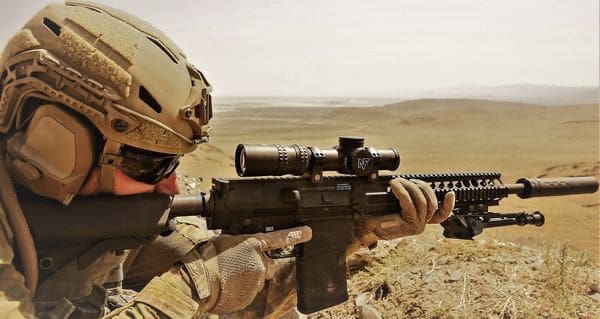
Galvion will continue to design and manufacture protective head and torso products, develop customized power supply and management solutions for both soldier and vehicle, and invest in the development of advanced concept, integrated systems based on human-centered innovation and deep end-user insights. “Our focus is on active, performance-enhancing equipment – making the soldier faster, lighter and more connected than ever before. For Galvion, it will always be about providing the absolute best solutions for operators, with the ultimate goal for protective gear to be the last line of defense, rather than the first,” said Blanshay.
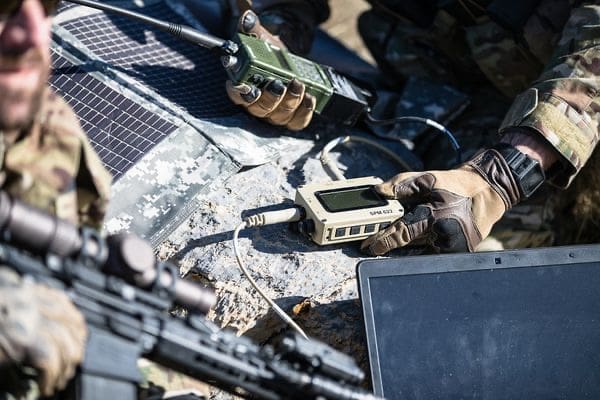
“As a company, our strength has always been the caliber, passion and ingenuity of our people, and as a team, we are incredibly excited to build the Galvion name and brand while continuing to honor our history as a company,” continued Blanshay. Customers, vendors and partners should expect the same dedicated design, engineering, sales and support team at Galvion, along with an energized commitment to exceed expectation and imagination. Additional information regarding name change and conducting business with the new corporate entity will be shared with partners as available.


